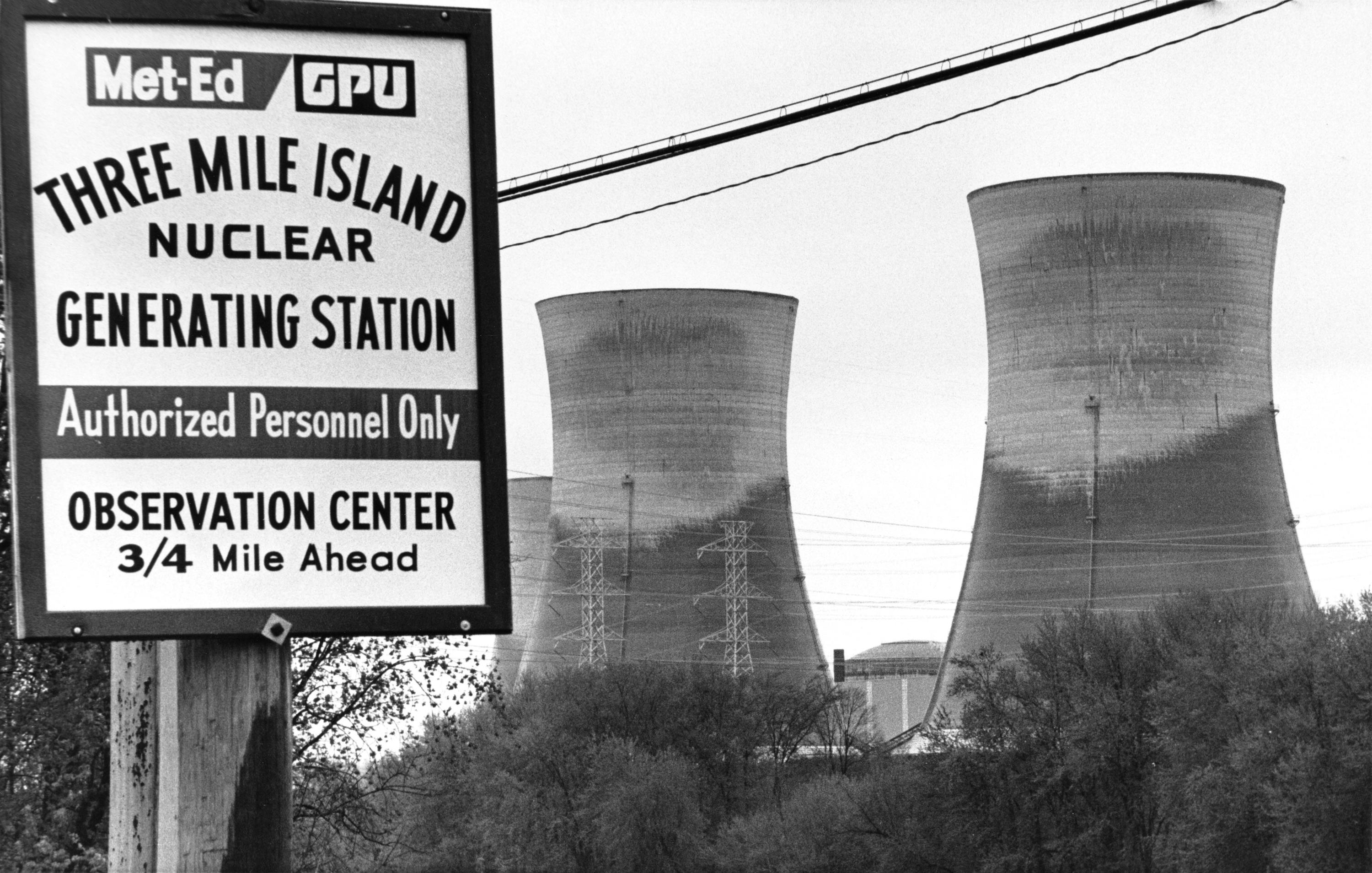

“It’s not guaranteed you’re going to have melting,” she said.Īt the Three Mile Island accident in Pennsylvania in 1979, in which the core was partly uncovered, robotic cameras later determined that melting had occurred. But since lower parts of the core are undamaged, the pellets may end up in various places around the reactor, not necessarily in a clump on the floor. “There’s nothing holding them there,” said Margaret Harding, a consultant who worked on reactor designs for General Electric for 27 years.
#NUCLEAR REACTOR MELTDOWN JAPAN MELTING CRACK#
To prevent pressure buildup, the gases are allowed to vent into the containment, and in this case must have leaked or were vented through the containment into outside air.Īs the rods crack apart, the pellets inside them can start to fall out, which engineers call a washout. The rusting also results in the production of explosive hydrogen the cracking allows the most volatile radioactive elements in the fuel, like iodine and cesium, to escape. Once part of the core is exposed, the zirconium starts to oxidize, or rust, extremely rapidly, becoming brittle and cracking. The sea water is laced with boric acid, which would quench a fission reaction if one began. That apparently is what happened at least one of the reactors, leaving the upper part of the cores uncovered until technicians, in what has been described as a desperate measure, rigged up a way to pump seawater in. Without pumps to circulate the water, it will boil off quickly.

But there is much residual heat in the reactors, both because they operated at about 550 degrees Fahrenheit and because the radioactive elements in the fuel continue to produce heat as they decay. With loss of power and pumps after the earthquake, the fission reactions at the plants were successfully halted.
#NUCLEAR REACTOR MELTDOWN JAPAN MELTING FULL#
While it is considered highly unlikely that a full meltdown would result in a nuclear chain reaction, experts said, such lava-like fuel might breach the reactor’s pressure vessel and then its containment, leading to widespread release of radioactivity. The fuel rods may be only damaged, a portion of them having been left uncovered by cooling water long enough to crack, allowing the release of some radioactive elements in the fuel.īut in a full meltdown - which could occur within hours if all cooling water was lost and the rods became completely uncovered - melting is all but guaranteed, as thousands of fuel pellets fall to the bottom of the reactor and heat themselves into a molten pool at several thousand degrees Fahrenheit. The difference between a partial meltdown and a full meltdown at a nuclear plant is enormous, both in the degree of damage and in the potential release of radiation, experts in nuclear power said.Ī partial meltdown, like those suspected at two reactors in northeastern Japan over the weekend, may not necessarily mean that any of the uranium fuel in the core has melted, experts said.


 0 kommentar(er)
0 kommentar(er)
